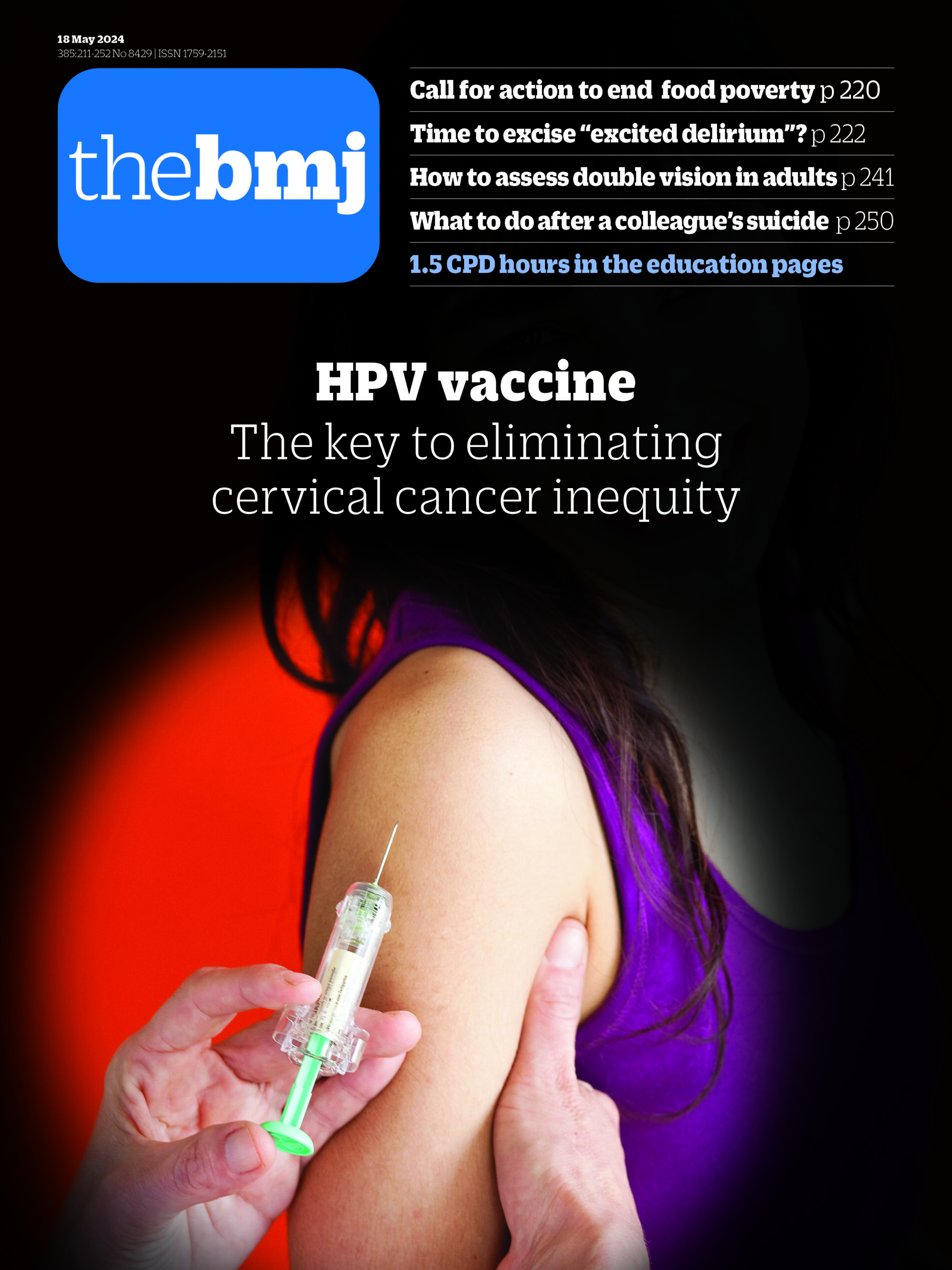In a recent study published in The Lancet Global Health, researchers investigate whether using liquefied petroleum gas (LPG) to limit human exposure to home air pollution during pregnancy affects fetal growth.
Study: Cooking with liquefied petroleum gas or biomass and fetal growth outcomes: a multi-country randomised controlled trial. Image Credit: Irina Gutyryak / Shutterstock.com
The influence of air pollution on fetal outcomes
Household air pollution from incomplete combustion of biomass fuels causes millions of premature deaths and disability-adjusted life-years lost each year. As a result, women, frequently the primary chefs at home, are disproportionately affected.
Air pollution can cause unfavorable pregnancy outcomes such as preterm birth, fetal growth restriction, stillbirth, and low birth weight. These challenges are especially prominent in low- and middle-income countries (LMICs), where preterm delivery and fetal growth restriction are primary concerns. Interventions targeting major risk factors may prevent preterm labor and intrauterine growth restriction, thereby improving the health outcomes of pregnant women and their newborns in LMICs.
About the study
The Household Air Pollution Intervention Network (HAPIN) randomized control trial (RCT) was conducted across India, Guatemala, Rwanda, and Peru. Pregnant females between 18 and 34 years with singleton pregnancies in weeks nine to 19 of gestation were randomized to receive LPG gas stoves, behavioral messaging, and ongoing fuel deliveries or continue biomass fuel cooking during an 18-month period.
Gestational age was determined using fetal crown-rump length if it was less than 85 mm or fetal head circumference and femur length of 85 mm or more. Initial ultrasound scans were used to establish the pregnancy’s viability, detect multiple pregnancies, and determine gestational age. Fetal measurements from babies with congenital anomalies were not considered in the analysis.
The primary outcomes included birthweight, childhood stunting at 12 months, the incidence of severe pneumonia in the first year of life, and blood pressure in older adult women. Fetal growth was a predetermined secondary outcome.
To measure fetal size, the researchers performed ultrasound imaging at study initiation, between gestational weeks 24 and 28, as well as another scan between weeks 32 and 36. Moreover, the researchers monitored 24-hour household air pollutant exposure during each visit and weighed offspring at birth.
Intention-to-treat (ITT) analyses were performed to assess variations in fetal sizes, whereas exposure-response assessments explored relationships between fetal sizes and air pollutant exposures. To evaluate adherence to the intervention, temperature loggers were installed as stove usage monitors on all biomass-burning stoves in intervention families.
Multivariate linear regression analysis using post-randomization Z scores was utilized as the outcome, with trial group assignment as the primary covariate, adjusting for randomization strata. Certain variables, including maternal age, nulliparity, minimal diet variety, maternal education, maternal hemoglobin, and second-hand smoke exposure, were also considered in the final analysis.
Study findings
Between May 7, 2018, and February 29, 2020, a total of 3,200 pregnant females were included in the study, 1,593 and 1,607 of whom were randomized to the LPG and biomass groups, respectively. The mean values for gestational and maternal ages were 15 weeks and 26 years, respectively.
Ultrasound data were obtained from 98% of females at the start of the study, 95% during their initial prenatal visit, and 93% at their following pregnancy visit until August 25, 2020.
The LPG group had higher adherence and lower mean exposure to particulate matter of 2.5 microns or less (PM2.5) as compared to controls at 35 µg/m³ and 103 µg/m³, respectively. The intervention and control groups did not exhibit significant differences in the mean post-randomization Z scorings for fetal head and abdomen circumference measurements, femoral length, and predicted fetal weight at birth. Personal household air pollution exposure did not correlate with fetal growth.
The ITT analysis revealed no effect of the intervention on birth weight. Likewise, the exposure-response analysis did not identify any consistent trends in Z scores for fetal growth outcomes across quartiles for any of the measured pollutants. However, lower Z scores of estimated fetal weight were associated with higher personal exposure to PM2.5 at 33 weeks and black carbon at 40 weeks.
Conclusions
The study findings indicate that cooking with unvented LPG burners did not affect fetal development as compared to biomass fuel. Furthermore, no link between prenatal development outcomes and personal exposure to specific household air contaminants was identified.
The negative impact of air pollution on low birthweight outcomes is widely recognized; however, the study data do not justify using unventilated LPG therapies to improve fetal development. The LPG cooking intervention significantly decreased personal exposure to air pollution during pregnancy by 66% compared to the control group. However, there was no evidence of prenatal growth outcomes or a consistent link between human pollution exposure and fetal development outcomes.
Journal reference:
- Checkley, W., Thompson, L. M., Hossen, S., et al. (2024). Cooking with liquefied petroleum gas or biomass and fetal growth outcomes: a multi-country randomised controlled trial. The Lancet Global Health. doi:10.1016/S2214-109X(24)00033-0




